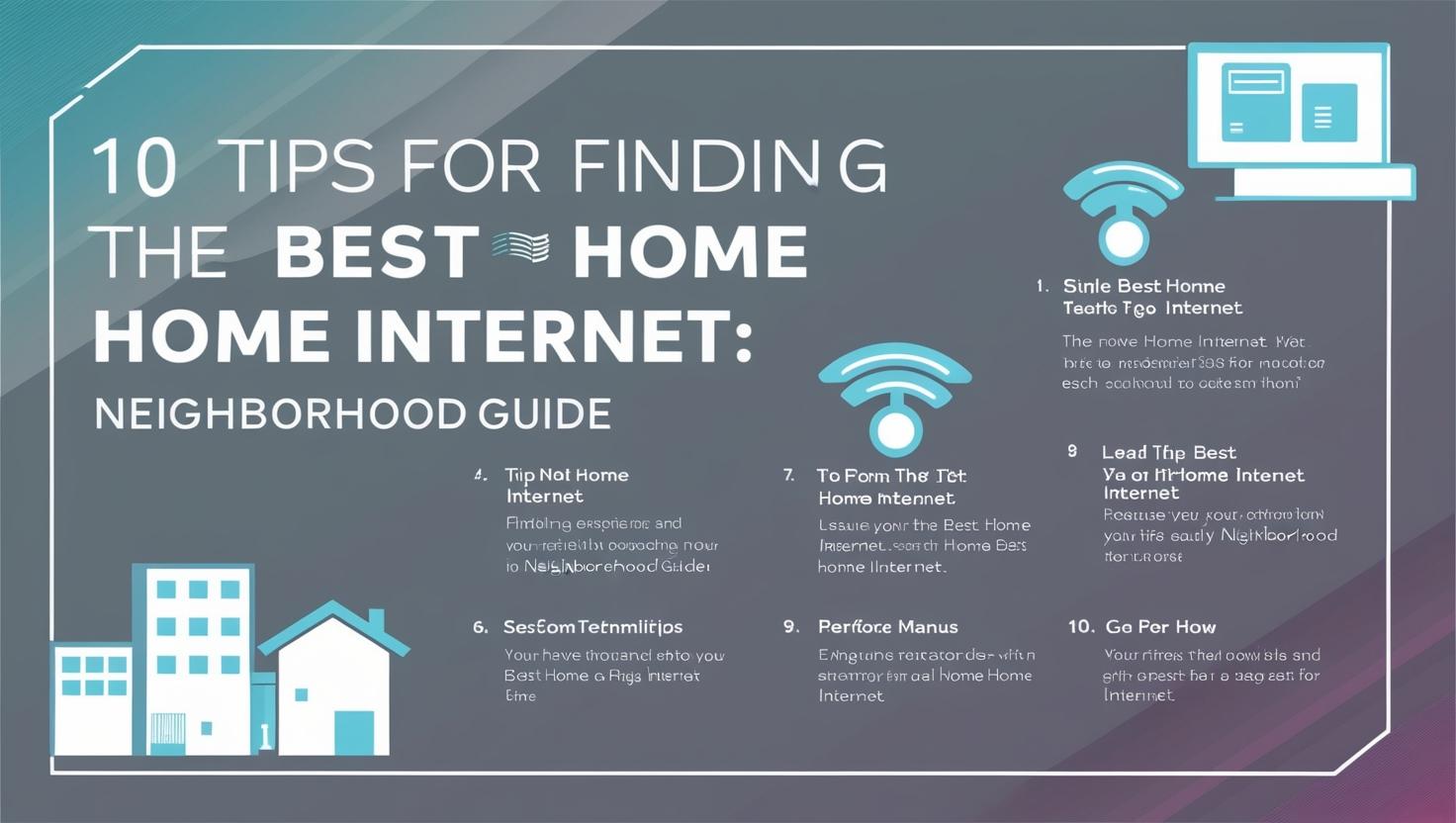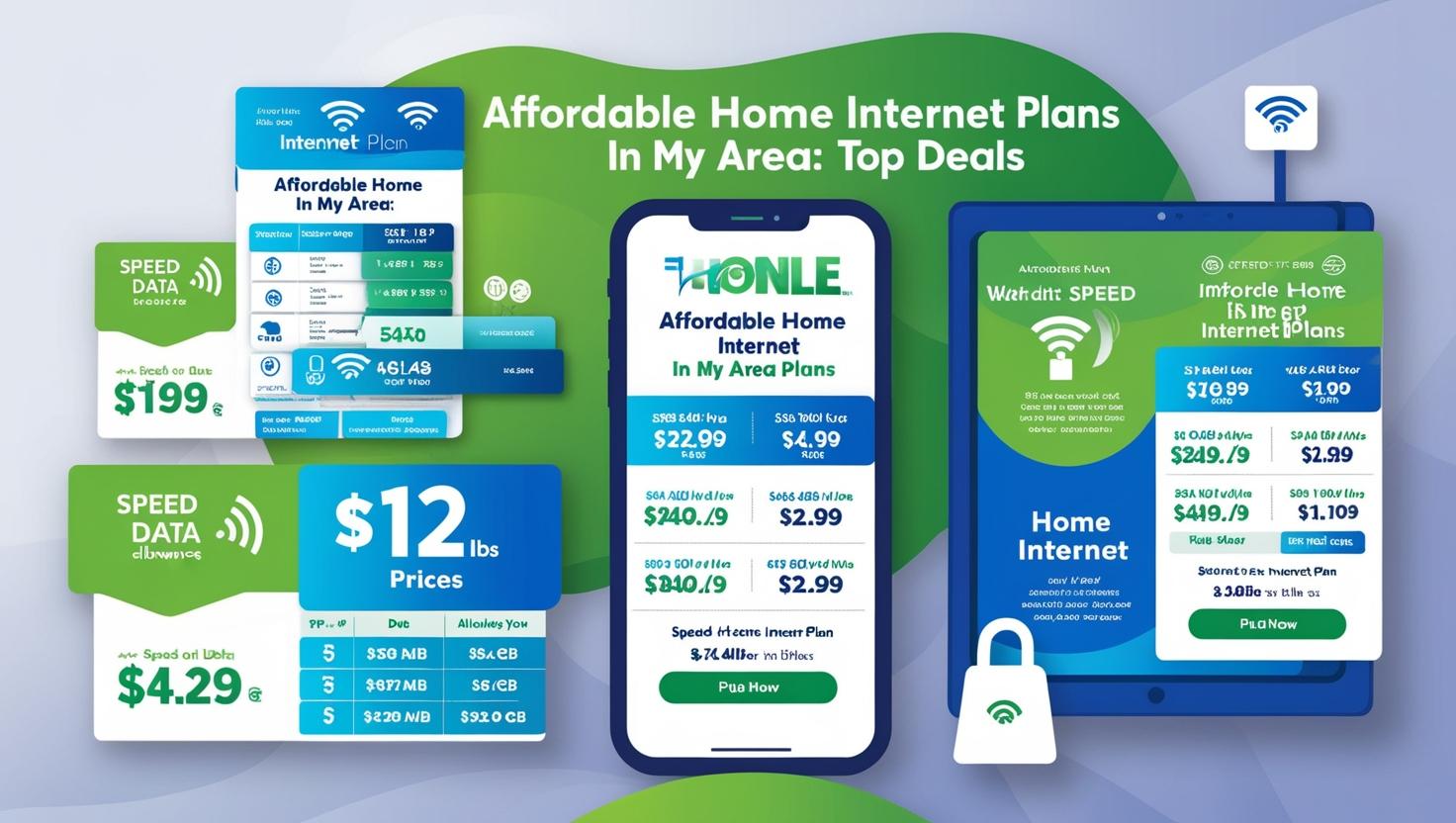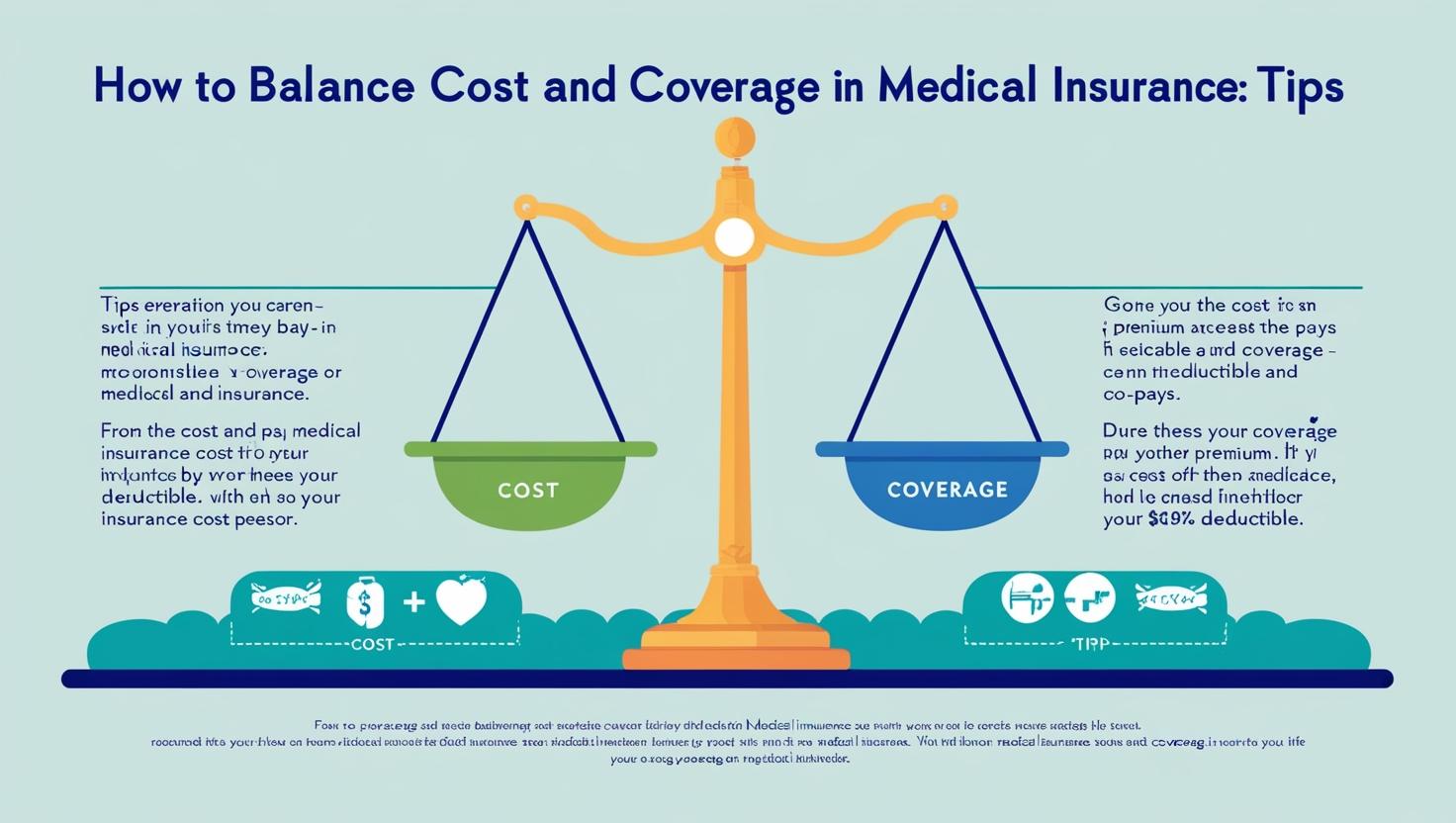Features to Look at in Televisions

Sorts
Aside from projection sets, you’ll find generally only two sorts of TVs available: LCD and OLED. Unless you have lots of disposable income, you will possibly be obtaining an LCD Television.
LED & LCD Sets
The lion’s share of televisions now are LED-LCD sets. These HD and Ultra HD sets use light-emitting diodes (LEDs) to illuminate the LCD screen and may be extremely thin. Quite a few of these sets can dynamically light up specific portions with the screen and dim other parts to better represent a mix of light and dark regions in a scene – a feature known as active dimming or nearby dimming. No-frills LED LCD sets may be had for as tiny as $200 for a 32-inch screen, whilst a top-of-the-line 90-inch model can go for $8,000.
Most LCD sets use LEDs on the edge of your screen. The superior of these models support active dimming, but it takes some digital sorcery to do this by merely manipulating lights along the edge.
Full-array LED sets have light-emitting diodes directly behind the screen, in a grid of “zones” which can be lit up or darkened individually. Such an arrangement makes the backlight far more precise and allows a more-detailed picture in terms of contrast. Full-array backlighting was once reserved for top-tier models but with a lot more Ultra HD sets appearing at lower rates it is becoming extra common on modestly priced sets.
Pros: Wide array of rates, sizes and characteristics; Some affordable Ultra HD 4K models; Bright screens visible even in a sunny room; Image top quality steadily improving with full-array backlighting, HDR and wider color gamut.
Cons: Exhibits imperfections when displaying rapid motion, as in sports; Loses some shadow detail for the reason that pixels can’t go completely black (even with full-array backlighting); Images fade when viewing from the side (off-axis).
OLED TVs
OLED TVs go one particular greater than full-array LED-LCDs using a couple of dozen lighting zones. In place of a backlight, OLEDs use a layer of organic LEDs, controlled at the pixel level, to achieve absolute black and stunning levels of contrast. (Footage of fireworks against a black sky is a favorite demonstration of OLED technologies.)
LG is now the only company actively pursuing OLED technologies. All new models have Ultra HD 4K resolution, but a couple of, cheaper HD models are nonetheless around. Rates range from about $2,500 for any 55-inch HDTV to $25,000 for a 77-inch Ultra HD 4K model.
Pros: Best Tv image, bar none; Colors truly pop, deeper black and superior contrast and shadow detail than LCD TVs achieve; Retains image quality when viewed from the side.
Cons: Stratospheric prices (such as $9,000 to get a 65-inch screen); Uncertain how screens will fare over time, including whether they will retain “ghost” images (also identified as burn-in) from displaying a static picture for too long.
Size
I recommend a size of at least 32 inches for a bedroom Tv and at least 50 inches for a living room or key Television — and 60 inches or larger is ideal. If you’re replacing an existing Television set, those sizes might seem too significant (tube televisions had a typical maximum size of 36 inches) but trust me, a large Tv can be a wonderful thing.
In fact, much more than any other “feature” like 4K resolution, Smart Television, or higher refresh rates, stepping up in Tv screen size is the finest use of your income. One particular of your most common post-TV-purchase complaints I’ve heard is from people who didn’t go significant enough.
The upper limit are going to be determined by your budget, taste, and by the space where you want to place the Television. If you want to fit an existing entertainment center, make sure you’ve got at least an inch around the sides and top of your Television cavity to allow for ventilation. Or just junk that old furniture and get a bigger Tv.
Resolution
If you’ve been Tv buying inside the last year, you’ve most likely been faced using the decision “to 4K or not to 4K.”
TVs with 4K resolution, also known as UHD (Ultra Higher Definition) TVs, have four occasions as numerous pixels as standard 1080p resolution TVs. That sounds like a major improvement, but in reality it’s quite difficult to tell the distinction in sharpness in between a 4K Tv and a 1080p Television. Simply put, those pixels are too small to supply a discernible benefit unless you sit very close to a extremely major Television.
Around the other hand, 4K LCD TVs are easy for companies to produce, so they’re coming down quickly in cost. In the next couple of years, most TVs — especially the large ones — will have 4K resolution, and 1080p will go the way of 720p and standard-definition TVs. That said, 1080p TVs won’t be obsolete anytime soon.

On the other hand if you’re seeking for the best value, or the very best picture quality for the cash, a good 1080p TVs is still your greatest bet. That advice may modify as we test new models throughout the year, and 4K Television costs fall further, but for now it holds.
If you liked this article and you would like to obtain more info concerning Best 40 Inch 3d TV (http://www.relevantrankings.com/) kindly see our own page.





















